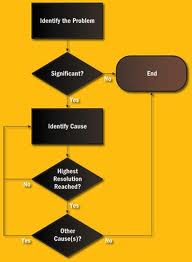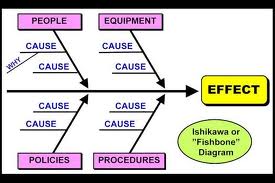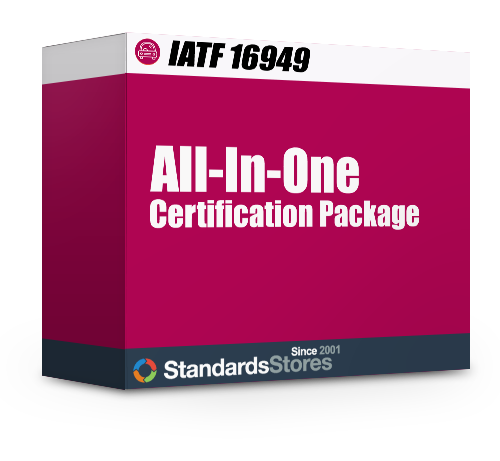What is Root Cause Analysis (RCA)?
Root Cause Definition
 Root Cause Analysis (RCA) is a set of analyzing and problem solving techniques targeted at identifying the actual root cause of a nonconformity. The need for the RCA is to identify the actual cause of the problem, rather than the symptoms. When you solve the problem at the root, it is highly probable that it will not reoccur.
Root Cause Analysis (RCA) is a set of analyzing and problem solving techniques targeted at identifying the actual root cause of a nonconformity. The need for the RCA is to identify the actual cause of the problem, rather than the symptoms. When you solve the problem at the root, it is highly probable that it will not reoccur.
A root cause is just what it sounds like: the “root” of the problem.
Here is an example:
A baseball field has growing growing on the infield:
If you cut the grass it only temporary fixes the problem, if you are to kill, and remove the grass and repair the infield, this will eliminate the problem.
If there is more than one root cause discovered after analysis, all the causes have to be addressed for corrective actions to be successful. A root cause analysis is considered successful when the problem does not recur again.
Steps in Root Cause Analysis
- Gather data
- Define the problem/non-conformance clearly
- Once a candidate for RCA (or the problem or the non-conformance) has been identified, gather sufficient information about it.
- Ask What, How and When about the problem and document it.
- Perform the analysis
- Use any of the root cause analysis tools & techniques for performing the analysis.
- Use your logic and choose the best possible way to solve the problem in a simple, effective and least expensive method. Take care to eliminate the non-probable causes.
- Implement the solution
- Recommend and implement the best solution.
- Also take care to see that these corrective actions do not induce any other or related unforeseen problems. Check that the problem does not recur.
- Use the data from the learning and analysis of the RCA and use it in the continuous improvement projects.
Can we really eliminate the Root Cause?
Most often you will be able to find the root cause and eliminate the problem. Yet, there may be times that you may not be able to remove the root cause completely, but can prevent the problem from reoccurring or minimizing the issue.
Where is it useful?
The RCA can be used in any area of an organization that is safety-based, production-based, process-based, failure-based, and software-based systems. What are the tools and techniques used in RCA?
 The most common tools and techniques used in RCA are:
The most common tools and techniques used in RCA are:
- Fishbone (Ishikawa) diagram – this is used during brain storming, it helps organize the multiple possibilities.
- Pareto chart – this chart classifies the problems based on the Pareto principle, which says 80% of the problems have 20% of the causes.
- Cause and Effects diagram – this is most useful to identify causes and effects
- 5 Whys – used to determine the root cause by repeatedly asking “why?”
Examples where RCA can be used or candidates for RCA:
- Resolution of customer complaints
- Addressing non-conformances from an external or internal audit
- Error/defects existing in a product



